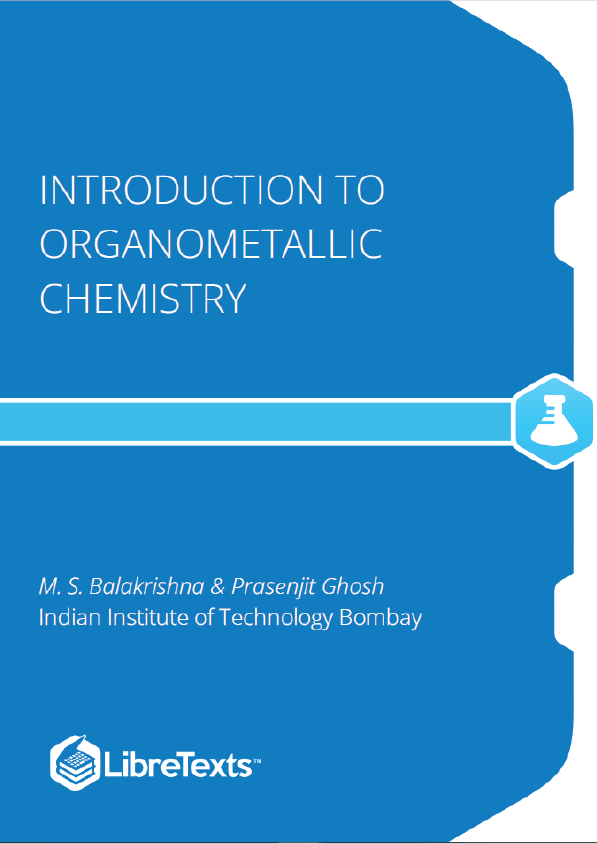Organometallic Chemistry of Main Group Elements
Our aim in this course is to introduce one of the important disciplines of inorganic chemistry which bridges the organic compounds with main group and transition elements; organometallic chemistry. Organometallic chemistry is defined as the chemistry of chemical compounds containing one or more metal—carbon bonds which are essentially polar (M —C ) in nature. To begin with it is necessary to understand the bonding concepts that explain the structures of both main group and transition elements. The objectives of first few lectures are to give some insight into the various metal—ligand interactions that would later help in planning the synthesis and also eventually looking into their electronic and kinetic stability. The course is divided into four major sections and the first section deals with the various bonding concepts employed for both main group and transition metal compounds. The second and third sections deal with the organometallic chemistry of main group and transition elements, respectively, while the fourth section would be devoted to applications of organometallic compounds with special emphasis to catalysis.
A set of problems along with solutions are presented at the end and also in Chapter 2. In future, it is planned to provide interactive sections as well. The pertinent literature and books in this and related areas are listed at the end.
Molecular structure and bonding
The chemical properties of the molecules can be directly correlated to their electronic structures. In this lecture attempts are being made to give an overall view of how bonding concept evolved starting from Lewis approach to the development of molecular orbital theory.
1.1.1: Lewis structures
Lewis proposed that when two atoms come close to each other to establish a bond by sharing an electron pair, a covalent bond will be established. One pair of electrons would give a single bond X—Y; two or three pairs of electrons would leads to the formation of double (X=Y) and triple bonds (X≡Y), respectively. The pairs of valence electrons that are not utilized in bonding are called lone pairs of electrons or simply lone pairs. The lone pair of electrons does not participate in bonding; however, they do influence the shape and the geometry of the molecule and their chemical properties as well.
Lewis introduced octet rule which states that each atom shares its valence electrons with neighboring atoms to have a total of eight (s p ) electrons in its valence shell to have noble-gas configuration. An exception to this rule is hydrogen as it can have only two valence electrons in its only shell, 1s.
By simply counting the number of valence electrons present on the central atom and its neighbors, Lewis structures can be written in just three easy steps.
i. Consider the valence electrons of all participating atoms; add an electron for each negative charge and subtract one electron for each positive charge.
ii. Identify the central atom and write the symbols of the atoms around central atom. In majority of polyatomic molecules, the least electronegative one will be the central atom with an exception of hydrides, for example, H O, NH or H S.
iii. Distribute the electron pairs throughout the molecule to satisfy the octet of all atoms present in the molecule starting from the most electronegative one. Each pair of singly bonded atoms requires one pair of electrons.
iv. Each bonding pair should be represented by a single bond and the net charge is assumed to be possessed by the ion (cation or anion) as a whole and not by an individual atom.











